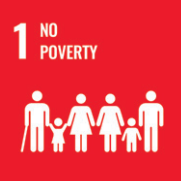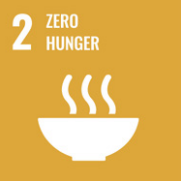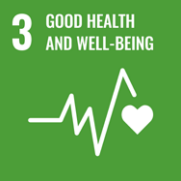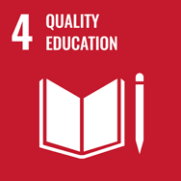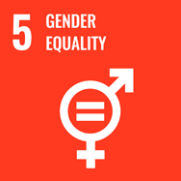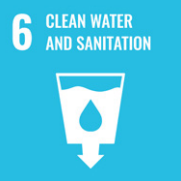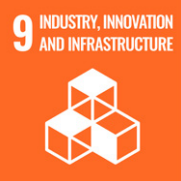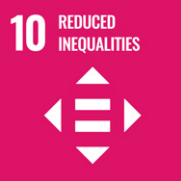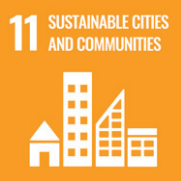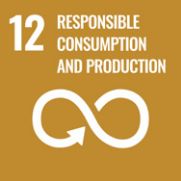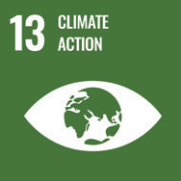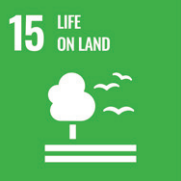SDG Goals
Decent Work and Economic Growth
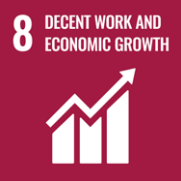

Goal 8: Decent Work and Economic Growth
Despite the lasting impact of the 2008 economic crisis and global recession, the number of workers living in extreme poverty has declined dramatically over the past 25 years.
The middle class now makes up more than 34 percent of total employment – a number that has almost tripled between 1991 and 2015, in the developing countries.
We are seeing widening inequalities, slower growth and not enough jobs to keep up with a growing labor force as the global economy continues to recover. In 2015, more than 204 million people were unemployed, according to the International Labor Organization.
Technological innovation, higher levels of productivity and sustained economic growth are promoted by SDG’s. Key to these is encouraging entrepreneurship and job creation, effective measures to eradicate forced labor, slavery and human trafficking. By 2030, the goal is to achieve full and productive employment, and decent work, for all women and men, keeping in mind these targets.
Facts and Figures:
- 1 Many more women than men are underutilized in the labour force — 85 million compared to 55 million.
- 2 Overall, 2 billion workers were in informal employment in 2016, accounting for 61 per cent of the world’s workforce.
- 3 Women's participation in the labour force stood at 48 per cent in 2018, compared with 75% for men. Around 3 in 5 of the 3.5 billion people in the labour force in 2018 were men.
- 4 Some 700 million workers lived in extreme or moderate poverty in 2018, with less than US $3.20 per day.
- 5 An estimated 172 million people worldwide were without work in 2018 - an unemployment rate of 5 percent.
- 6 As a result of an expanding labour force, the number of unemployed is projected to increase by 1 million every year and reach 174 million by 2020.

